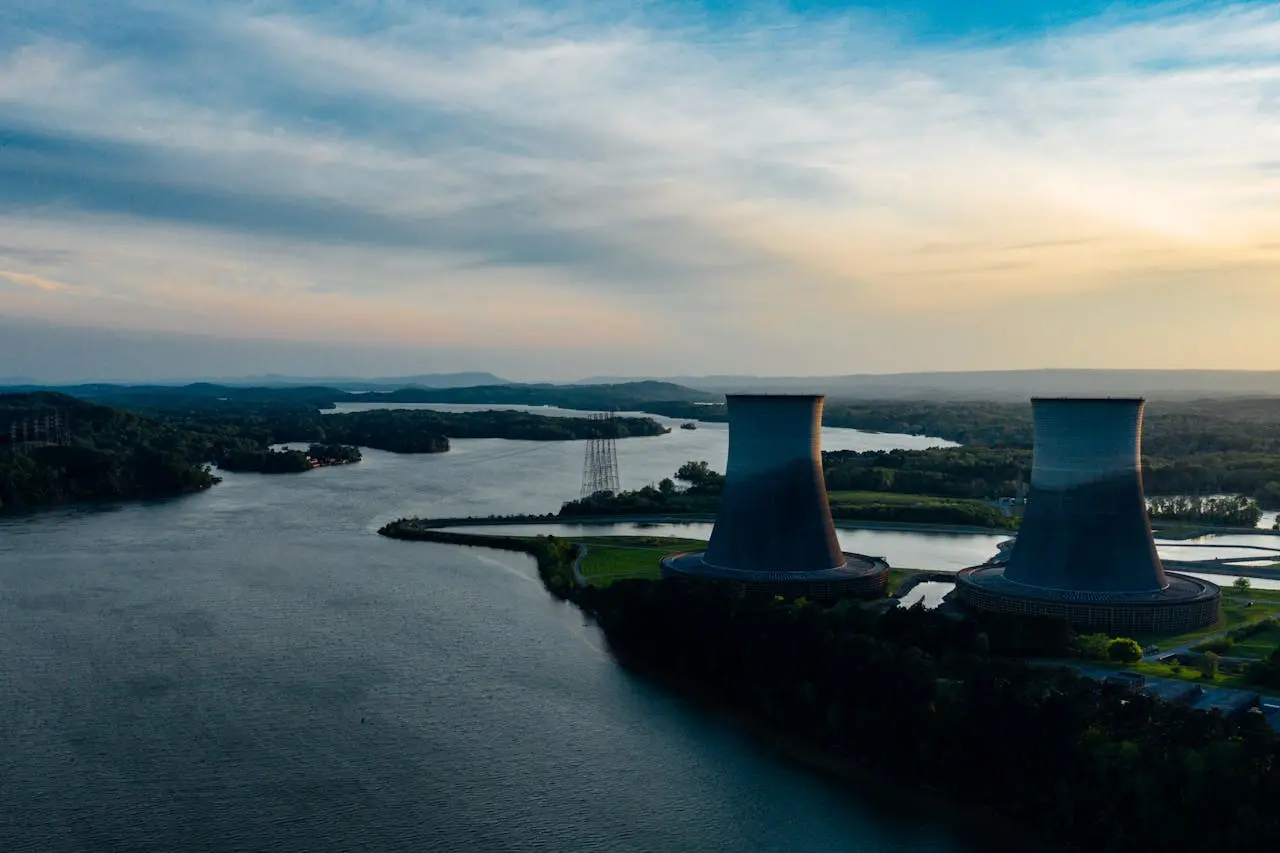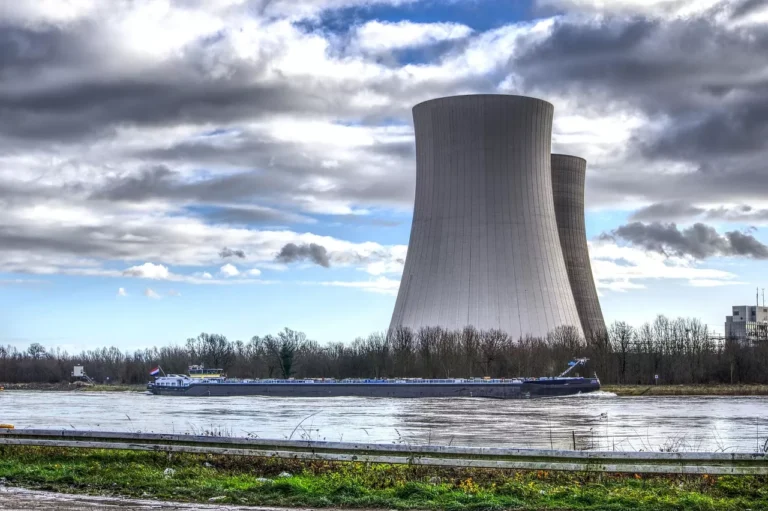
Imagine having a tool that not only identifies faults in complex systems but also provides clear, comprehensible explanations, akin to having an expert guiding you. This is the vision of integrating large language models (LLMs) like GPT-4 with advanced diagnostic tools.
In a recent paper, engineers at the U.S. Department of Energy’s Argonne National Laboratory explore how this approach could improve how nuclear power plant operators interact with diagnostic information. The aim is to enhance decision-making by presenting fault information in a straightforward manner that explains what is wrong, why it happened, and how to fix it.
The Argonne team combined three key elements: the PRO-AID diagnostic tool, a symbolic engine, and an LLM. PRO-AID uses facility data and physics-based models to detect faults, while the symbolic engine bridges PRO-AID and the LLM, creating a structured fault reasoning process and ensuring accurate output. The LLM then translates this information into easily understandable terms for operators.
“The system has the potential to enhance the training of our nuclear workforce and streamline operations and maintenance tasks,” says Rick Vilim, manager of the Plant Analysis and Control and Sensors department at Argonne.
PRO-AID identifies faults by comparing real-time plant data to expected behaviors. When discrepancies arise, it signals a fault, providing a probabilistic distribution of potential issues based on these mismatches.
To ensure the LLM provides accurate information, a symbolic engine manages the data it uses, preventing incorrect outputs. The LLM then simplifies complex technical data into plain language, helping operators grasp fault causes and diagnoses. Additionally, operators can use natural language queries to ask about system and sensor data.
This research, funded by DOE’s Office of Nuclear Energy, aims to enhance diagnostic clarity and support for nuclear plant operations.










